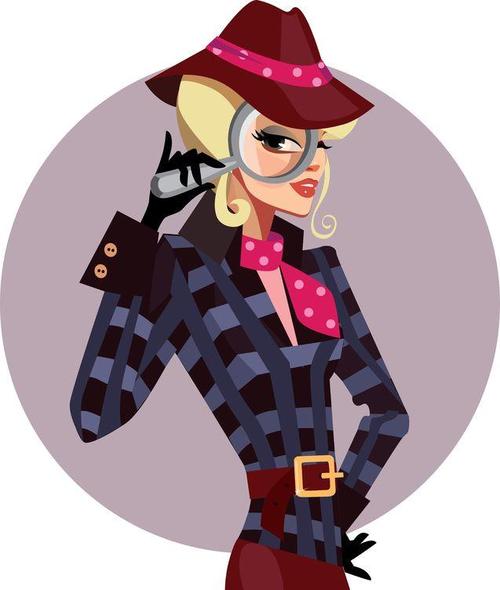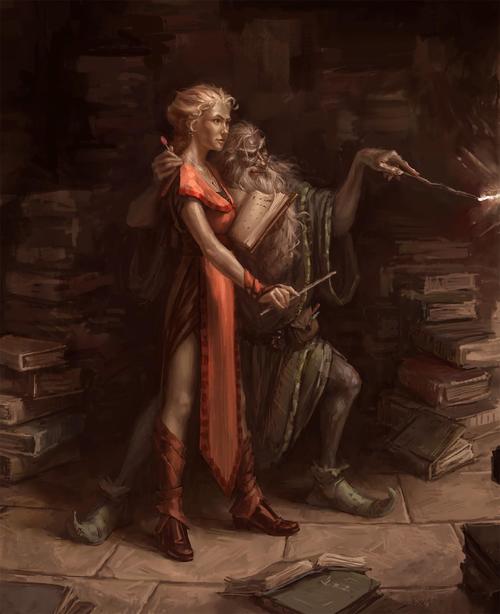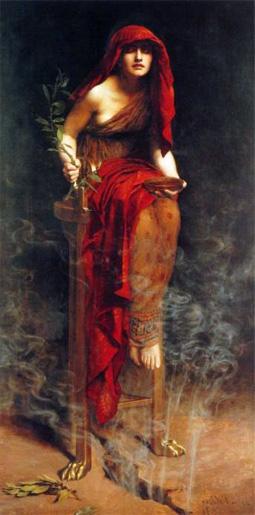Things Your Writing Teacher Never Told You: Choosing Your Narrative Point of View, Part 2: Who is Your Point of View Character?
This is Part 2 in the Choosing Your Narrative POV Series.
Who is Your Point of View Character?
It Might Not Be Your Protagonist. The most common POV choice, particularly for short stories, is for the protagonist to be the POV character. Stories of this type can be written in 1st Person, or Tight Limited 3rd. (More on these terms later in this article.) In very rare cases, they can also be told disguised in 2nd Person.
Your protagonist is the one facing the problem and must be the one who takes the final action that solves the problem and saves the day.
It often makes sense for the protag to be the POV. But there are times when an author chooses to use a sidekick or an observer as the POV character, even when choosing to write the story in 1st Person.
In the Sherlock Holmes story, “The Adventure of the Musgrave Ritual,” Doctor Watson, the faithful chronicler and POV for all the Holmes mysteries, begins the story like this:
An anomaly which often struck me in the character of my friend Sherlock Holmes was that, although in his methods of thought he was the neatest and most methodical of mankind … he was none the less in his personal habits one of the most untidy men that ever drove a fellow-lodger to distraction.
In the 32 novels and 42 short stories about armchair detective Nero Wolfe, written by Rex Stout, you’d be hard pressed to find one that didn’t use Archie Goodwin, the great detective’s “leg man” as the POV. In the story “Eeny Meeny Murder Mo” Archie opens the adventure thus:
I was standing there in the office with my hands in my pockets, glaring down at the necktie on Nero Wolfe’s desk, when the doorbell rang.
From the use of the pronouns “me” and “I” we can tell both stories are told from 1st Person, but fans the world over know Watson and Goodwin are the trusty sidekicks, not the protagonists and heroes of the stories.
Choosing a sidekick or assistant to serve as the POV character can reduce some of the inherent awkwardness and limitations of 1st Person. This allows both the hero and the sidekick to witness or participate in actions happening in different locations simultaneously, then meet back up to discuss what they found. It’s an effective technique that can keep the story moving forward in a way that feels natural.
Another potential benefit of this technique is it allows your detective to do things in secret that aren’t revealed until the big showdown with all the witnesses at the end. However, hiding critical action or clues from the reader – especially if it means the detective went to do significant action off the page – is an old-fashioned technique, and can annoy readers if they feel you aren’t playing straight with them.
A more modern approach is to allow the writer to speculate (wrongly), through the voice of the POV character, about what all these clues mean, without giving away the ending. The sidekick may, unintentionally and without malice, act as an unreliable narrator.
These two legendary detectives are presented as men of towering intellect whose minds work in ways that can not be comprehended by mere mortals – including their sidekicks and their readers (and perhaps their authors) – therefore they can’t possibly be the POV character for the story.
This technique isn’t restricted to mysteries. Stories about magic are usually told by – or at least seen through the eyes of – the wizard’s apprentice, rather than the wizard. (However, sometimes the actual protagonist is the apprentice, not the wizard.)
Gods, spirits, and ghosts generally can not speak directly to mortals. They may be the protagonist or the antagonist; but they’ll generally require a sidekick to communicate on their behalf. That’s often where prophets, oracles, angels, psychics, and visions come in. Again, those characters may be both the protagonist and the POV character, or they may simply be the POV character. And of course, they may simply be a secondary character in the story.
In general, if your protagonist is larger than life, or you have good reasons for wanting to keep your readers out of your hero’s mind, choosing a supporting character to serve as the POV character/narrator can be a good choice.
In most other cases, the protagonist should be the POV character.
If your POV character is not the protagonist, ask yourself: Why is this person the POV and/or the narrator? Make sure it’s a conscious choice that makes sense for the story you want to tell.
Next Up: We’ll dig into some very specific points of view and look at how they’re most often used in fantasy.
This is Part 2 in the Choosing Your Narrative POV Series. The other chapters are:
Part 1: A Few Questions to Get You Started
Part 2: Who is Your Point of View Character?
Part 3: A Closer Look at Some POV Styles Commonly Used in Fantasy (Starting with Some Intriguing Uses of 2nd Person)
Part 4: 1st Person and Tight Limited 3rd – A Closely Related Duo
Part 5: The Younger Sibling of 1st & Tight Limited 3rd: Simple Limited 3rd & The Case for Choosing A Single-Character POV
Tina L. Jens has been teaching varying combinations of Exploring Fantasy Genre Writing, Fantasy Writing Workshop, and Advanced Fantasy Writing Workshop at Columbia College-Chicago since 2007. The first of her 75 or so published fantasy and horror short stories was released in 1994. She has had dozens of newspaper articles published, a few poems, a comic, and had a short comedic play produced in Alabama and another chosen for a table reading by Dandelion Theatre in Chicago. Her novel, The Blues Ain’t Nothin’: Tales of the Lonesome Blues Pub, won Best Novel from the National Federation of Press Women, and was a final nominee for Best First Novel for the Bram Stoker and International Horror Guild awards.
She was the senior producer of a weekly fiction reading series, Twilight Tales, for 15 years, and was the editor/publisher of the Twilight Tales small press, overseeing 26 anthologies and collections. She co-chaired a World Fantasy Convention, a World Horror Convention, and served for two years as the Chairman of the Board for the Horror Writers Assoc. Along with teaching, writing, and blogging, she also supervises a revolving crew of interns who help her run the monthly, multi-genre, reading series Gumbo Fiction Salon in Chicago. You can find more of her musings on writing, social justice, politics, and feminism on Facebook @ Tina Jens. Be sure to drop her a PM and tell her you saw her Black Gate blog.





